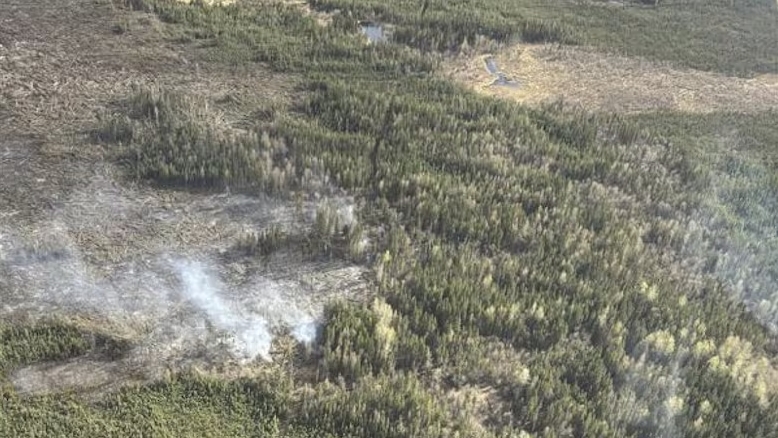B.C. Braces for Drought and Wildfire Risk, But Officials Urge Calm as Forecasts Evolve
Sarah Desjardins
5/16/20251 min read


British Columbia is entering another challenging season with several regions already experiencing elevated drought conditions, prompting warnings of a potentially active wildfire season. But officials say it’s too early to sound the alarm, noting that summer weather patterns could still shift the outlook.
In its first drought update of 2025, the province has flagged northeastern B.C. — including Fort Nelson, North Peace, and East Peace — as areas experiencing moderate to severe drought. Vancouver Island is also reporting level three drought conditions on the province’s five-point scale. Much of the province has yet to be assessed.
Dave Campbell of B.C.’s River Forecast Centre said that while the current situation isn’t as extreme as in 2024, the continued dryness is a concern. “The northeast is now in its third year of long-term precipitation deficits,” he said, adding that these ongoing dry conditions can significantly increase wildfire risk.
Already, several fires have reignited in the northeast after lying dormant over the winter, a phenomenon made worse by below-average snowfall and rain. As a precaution, open burning bans will take effect Friday in parts of the northeast and Kamloops regions.
Natural Resources Canada fire research analyst Richard Carr echoed the concerns, saying that forecast models show a high risk of wildfires across Western Canada, especially during July and August. Some parts of southwestern B.C. are marked in red on fire risk maps due to elevated danger levels.
However, Carr cautioned that the situation could improve with enough rainfall in the coming weeks. “It’s not truly alarming at the present time,” he said. “But if the weather turns like it did in 2017 or 2018, by July we could be looking at another very dry, active fire season.”
Officials are encouraging residents to stay alert, but not panic. The coming weeks of precipitation — or lack thereof — will be key in determining just how serious the threat becomes.
News
Stay updated with the latest BC news stories, subscribe to our newsletter today.
SUBSCRIBE
© 2025 Innovatory Labs Inc.. All rights reserved.
LINKS
